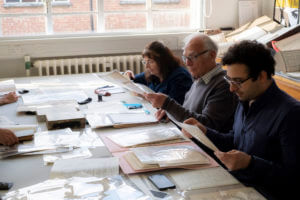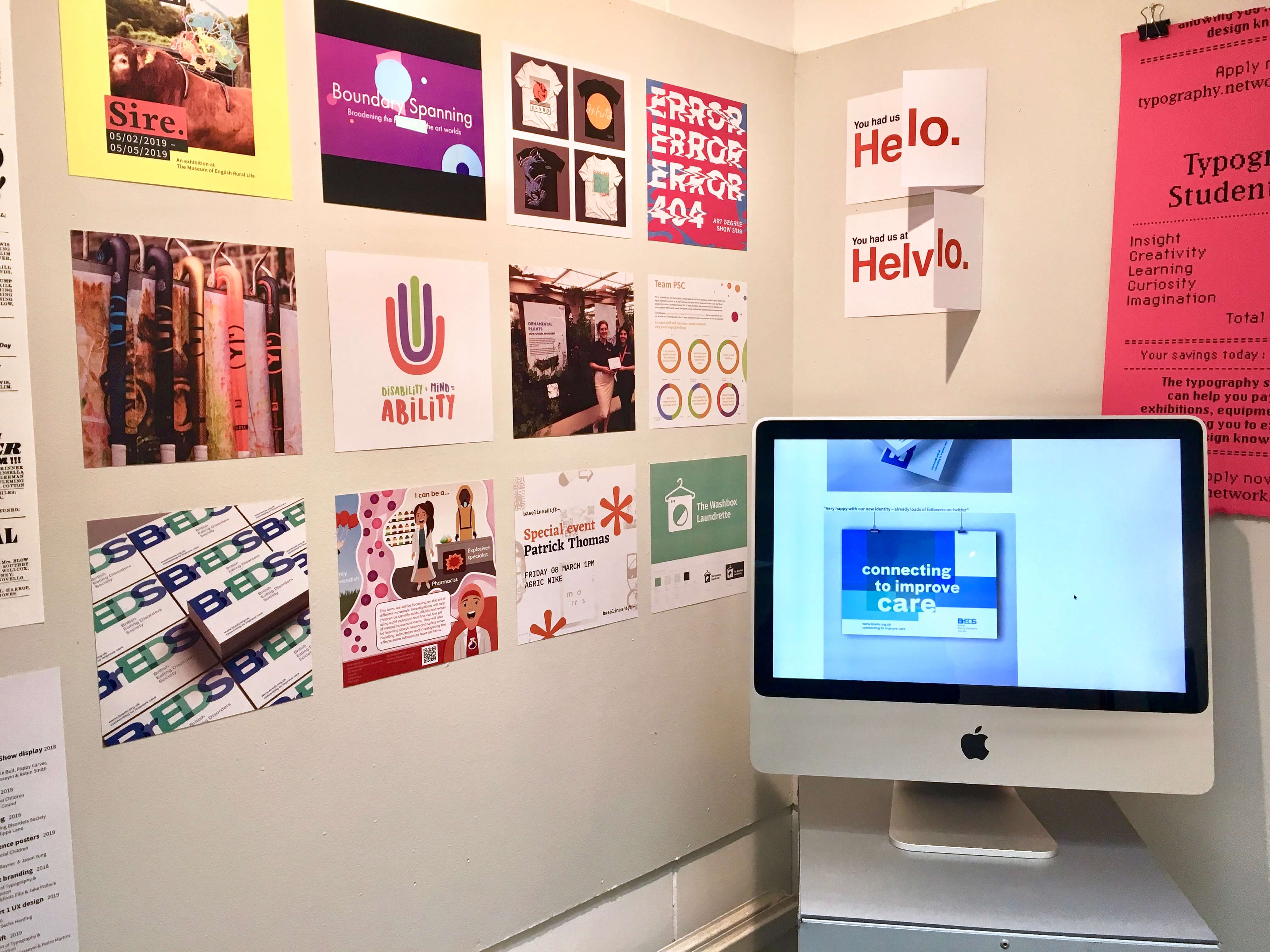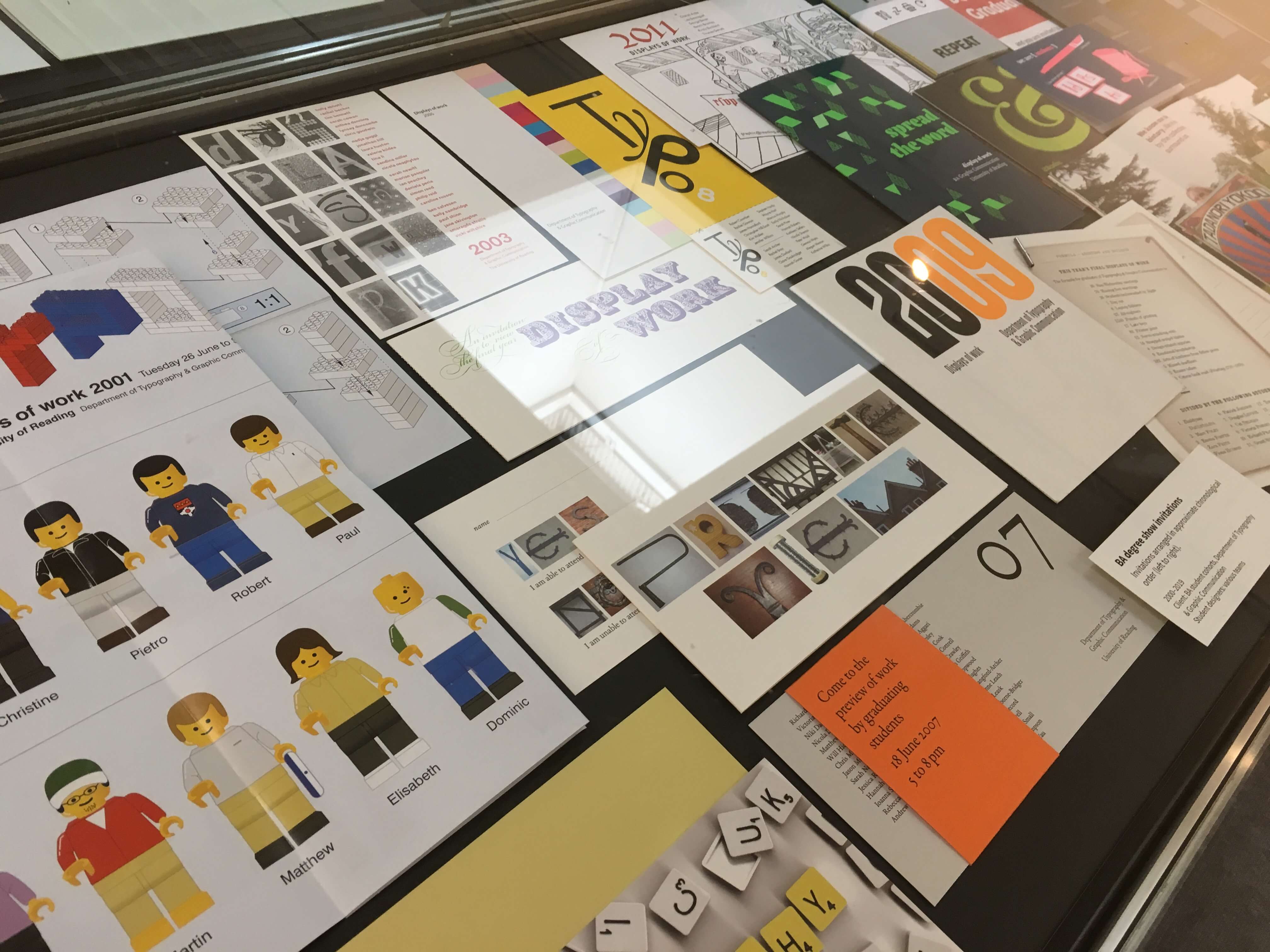Early lithography around the world: objects, processes, and experiences was a workshop that was convened by Reading PhD candidates Borna Izadpanah, and Wei Jin Darryl Lim. It was conceived together with, and led by Professor Emeritus Michael Twyman, and was held in the Department of Typography & Graphic Communication on the 27 March 2018. The workshop was planned as a series of informal sessions and brought together a select number of colleagues working internationally in various disciplines and professions, from conservation and restoration, to type design, and printing and book history.

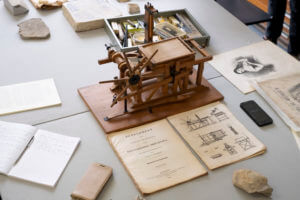
A collections-based approach was central to Early lithography around the world. To that end, Michael Twyman drew upon his personal collection of printed artefacts originating from, and relating to the lithographic printing trade across two centuries, and set up a rare exposition – a miniature exhibition to be specific – of his personal collection of items, supplemented by the lithographic stones collection, and ephemera collection of the Department of Typography & Graphic Communication. Artefact- and materials-handling was instrumental to the delivery of the workshop, and at various instances participants were strongly encourage to handle, study, and observe – by sight and touch – the visual and material nuances of a variety of objects: from a miniature model of a star wheel press, lithographed trade cards, manuscript bills of sale, to limestone fragments from France and from the Solnhofen quarries in Bavaria.
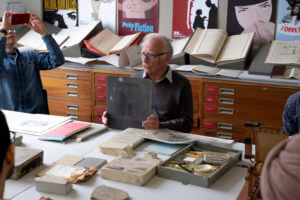
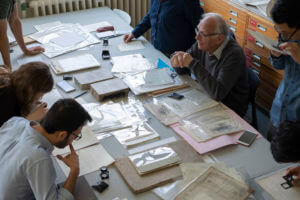
Divided into several parts, the workshop was loosely arranged around the themes of lithographic stones and their sources, trade tools and technology, operations and production, and products of the press. Our session began with Michael presenting and highlighting the intrinsic importance of lithographic stones to the nature of the technology and trade, regardless of geographic location, or scale of printing operation. This intense, in-depth presentation about the geological qualities of the lithographic stone bred fertile discussion by drawing in a new area of research consideration, with participants sharing anecdotes and bringing contributions from their own areas of expertise and interests. This was followed by a discussion about the lithographer’s tools – pens, crayons, and various paraphernalia employed by writers working in the trade, and the technicalities, considerations, and issues behind the operation of a lithographic press. The printed products emanating from presses were examined next; with participants learning how to identify specific characteristics that gave clues into how a lithographed piece might have been originated, multiplied and printed. Particular attention was paid to distinguishing between writing done in reverse on stone, and work done the right way round on transfer paper, and then transferred to stone. Various types of artefacts – books, pamphlets, newspapers, ephemera – printed from the various sub-branches of lithographic technology were also meticulously examined and handled; including products printed by gillotage, a process that was used to convert lithographic marks made on stone (or transferred to it) into relief images.
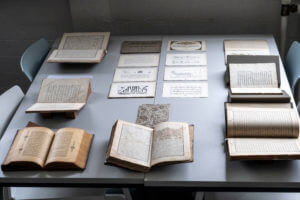
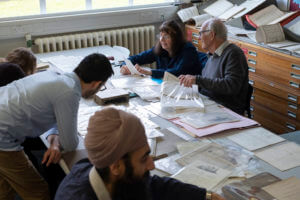
Numerous productive discussions punctuated the day. Participants actively drew connections and shared insights from their own specialisations in Persian, South Asian and Southeast Asian branches of research, and shared understandings from their awareness of localised conditions of adapting and using lithographic presses, the qualities of how specific Asian scripts were rendered, all in relation to the topic of lithography. Attendees that participated in Early lithography around the world included Emily Müller, paper conservator and Andrew W. Mellon Fellow at the Metropolitan Museum of Art, New York; Jasdip Singh Dhillon, book conservator with the Oxford Conservation Consortium with a keen interest in Sikh lithographed books; Aardarsh Rajan, Masters by Research candidate and type designer; Suman Bhandary, Masters in Typeface Design candidate; Sallie Morris, the Typography Department’s Collections Research Assistant; Professor Fiona Ross, a type designer and historian; and Vaibhav Singh, typographer, typeface designer, and British Academy Postdoctoral Fellow at the University of Reading.
